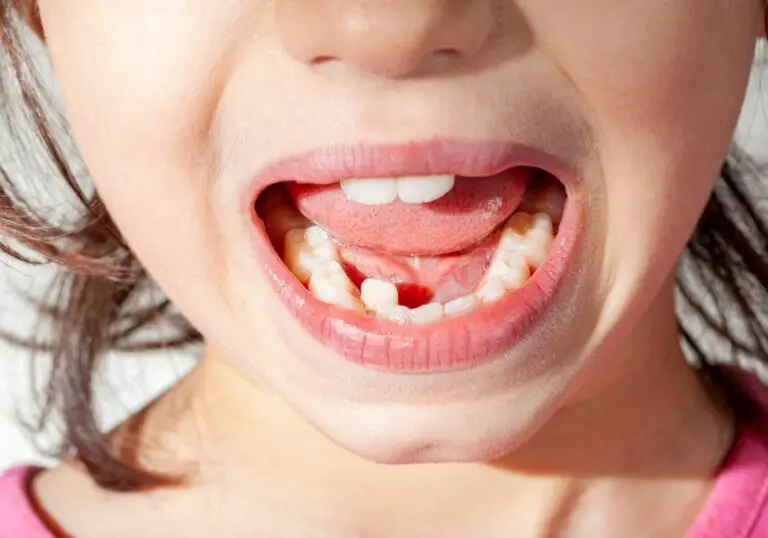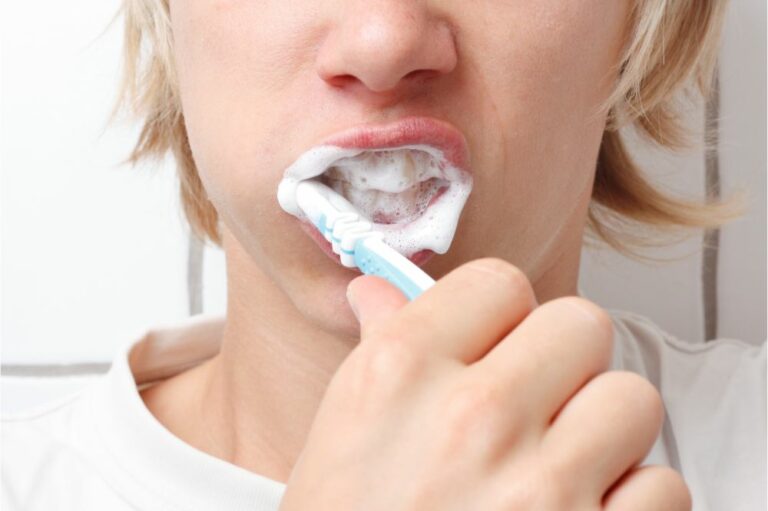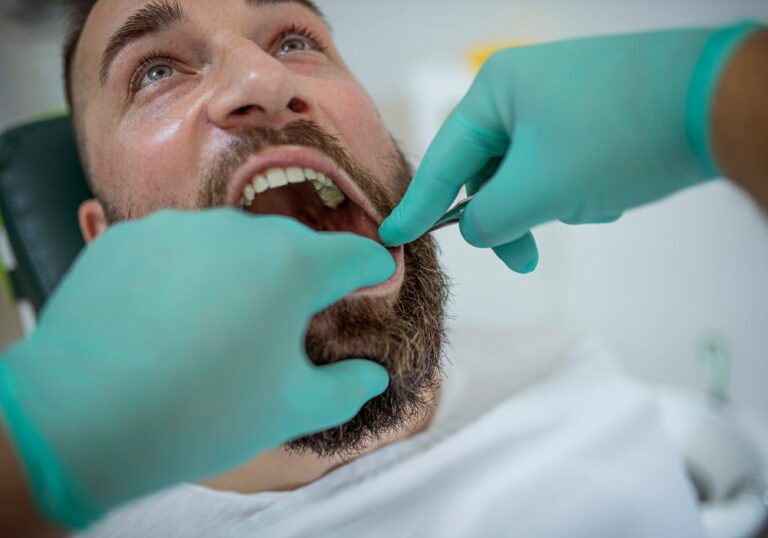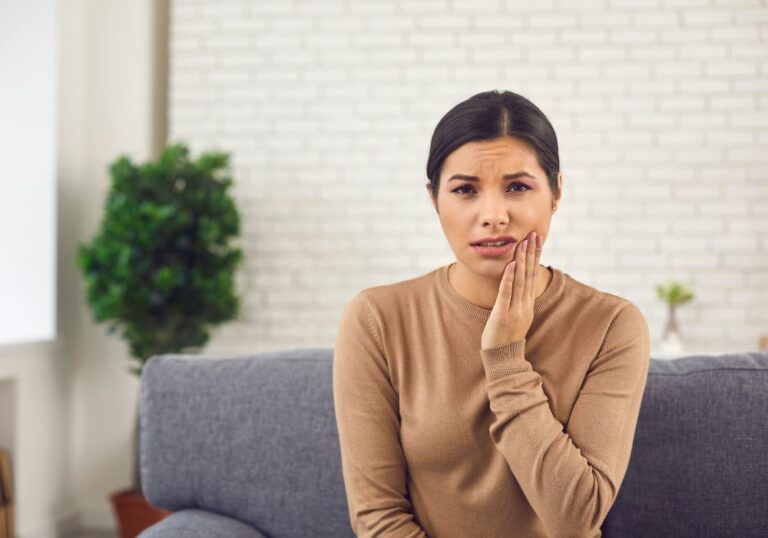Do you smoke and worry about the staining it causes on your teeth? You’re not alone. Smoking is a common habit that can have a negative impact on your oral health. Nicotine and tar from cigarettes can cause teeth to become discolored, yellow, or brown, and the porous nature of tooth enamel makes it easy for these particles to be absorbed.
Luckily, there are some steps you can take to prevent staining and keep your teeth looking white. One option is to quit smoking altogether, but if that’s not possible, there are other things you can do. For example, you can try brushing your teeth with baking soda, which can help remove surface stains. You can also rinse your mouth with water or mouthwash after smoking to help wash away any lingering particles. Another option is to use whitening toothpaste or visit your dentist for a professional teeth whitening treatment.
It’s important to remember that smoking not only affects the appearance of your teeth, but also your overall oral health. It can increase your risk of gum disease, tooth decay, and oral cancer. By taking steps to prevent staining, you can help improve your oral health and keep your smile looking bright.
Understanding the Connection between Smoking and Teeth Staining
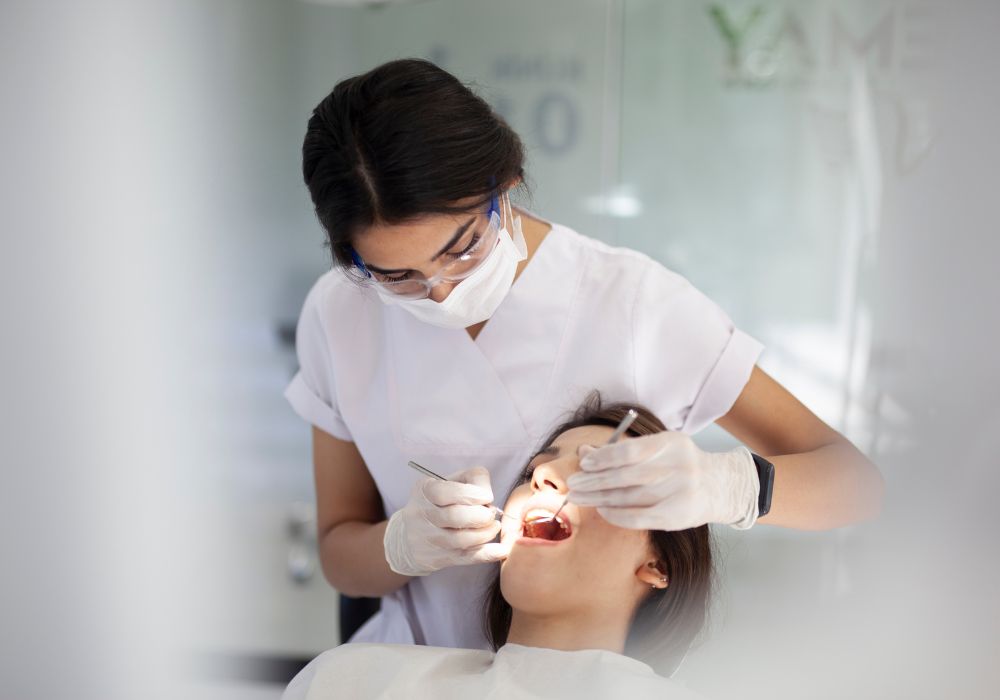
If you are a smoker, you are probably aware that smoking can cause teeth staining. The nicotine and tar in tobacco products can cause yellow or brown stains on your teeth, making them look unsightly. But do you know how smoking causes teeth staining?
When you smoke, the chemicals in tobacco products can stick to your teeth and form a layer of plaque. This plaque can then harden into tartar, which is much more difficult to remove than plaque. Tartar can cause your teeth to become discolored and can also lead to gum disease.
In addition to causing plaque and tartar buildup, smoking can also cause your mouth to produce less saliva. Saliva is essential for keeping your mouth clean and neutralizing the acids produced by bacteria in your mouth. Without enough saliva, your teeth are more susceptible to staining and decay.
It is also worth noting that smoking can cause other oral health problems, such as bad breath, gum disease, and oral cancer. Quitting smoking is the best way to prevent these problems and keep your teeth healthy and white.
If you are a smoker and want to prevent teeth staining, there are a few things you can do. First, try to quit smoking altogether. If you can’t quit, try to cut down on the number of cigarettes you smoke each day. You should also brush your teeth at least twice a day and floss daily to remove any plaque or tartar buildup. Finally, consider using a whitening toothpaste or getting a professional teeth cleaning to remove any existing stains.
Preventing Teeth Stains from Smoking
If you’re a smoker, you’re probably well aware of the negative impact smoking can have on your teeth. Nicotine and other chemicals in cigarettes can cause yellowing and staining of teeth, as well as increase the risk of tooth decay and gum disease. However, there are steps you can take to help prevent teeth stains from smoking.
Proper Oral Hygiene
One of the most important things you can do to prevent teeth stains from smoking is to practice good oral hygiene. This includes brushing your teeth at least twice a day with a fluoride toothpaste, flossing daily, and using mouthwash to kill bacteria and freshen your breath. It’s also important to brush your teeth after smoking to help remove any lingering tobacco and nicotine residue.
Regular Dental Check-Ups
Regular dental check-ups are also crucial for preventing teeth stains from smoking. Your dentist can detect and treat any early signs of tooth decay or gum disease, as well as provide professional teeth cleaning to remove surface stains. Additionally, your dentist can offer advice on how to quit smoking and recommend products to help whiten your teeth.
Using Teeth Whitening Products
There are a variety of teeth whitening products available on the market, including whitening toothpaste, strips, and trays. While these products can be effective in removing surface stains, it’s important to use them as directed and not rely on them as a substitute for good oral hygiene. Additionally, it’s important to choose a product that is safe for your teeth and gums and to avoid overusing them, which can lead to sensitivity and damage to your enamel.
By practicing proper oral hygiene, scheduling regular dental check-ups, and using teeth whitening products responsibly, you can help prevent teeth stains from smoking and maintain a healthy, bright smile.
Choosing Alternatives to Smoking
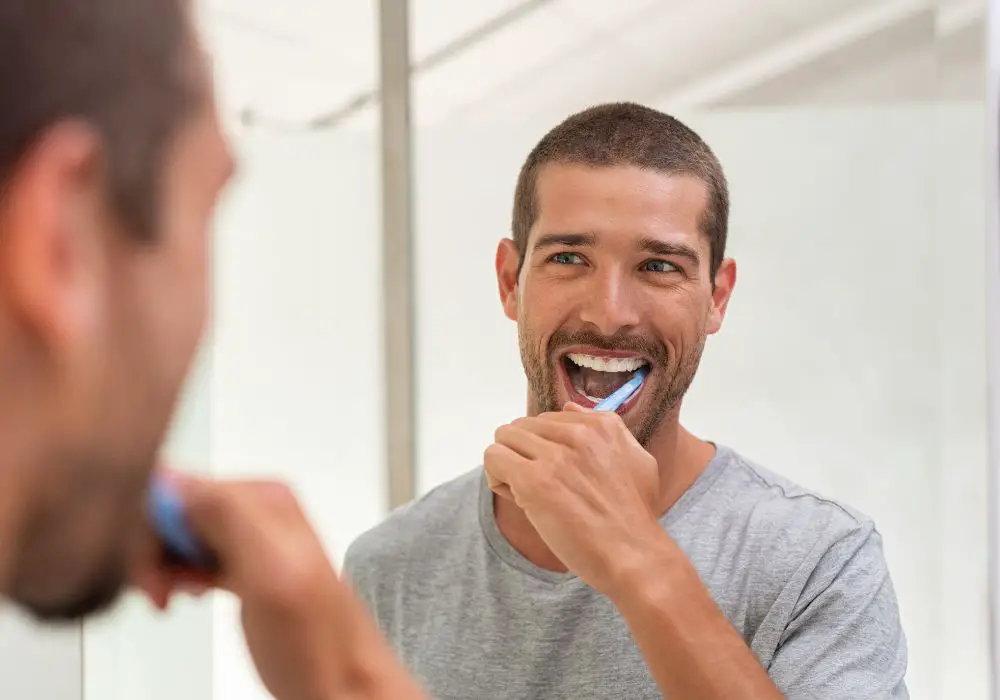
If you’re looking to quit smoking, there are many alternatives available that can help you avoid staining your teeth. Here are two popular options:
Nicotine Replacement Therapy
Nicotine replacement therapy, or NRT, can help you quit smoking by providing your body with nicotine in a way that doesn’t involve smoking. This can help reduce cravings and withdrawal symptoms, making it easier to quit smoking.
There are several different types of NRT available, including nicotine gum, patches, lozenges, and inhalers. Each of these methods has its own benefits and drawbacks, so it’s important to talk to your doctor to determine which one is right for you.
Electronic Cigarettes
Electronic cigarettes, or e-cigarettes, are another popular alternative to smoking. These devices heat up a liquid that contains nicotine and other chemicals, creating a vapor that you inhale.
While e-cigarettes are generally considered to be safer than traditional cigarettes, they can still cause staining on your teeth. To avoid this, consider using a device that has a lower nicotine concentration or switch to a nicotine-free liquid.
It’s important to note that e-cigarettes are not a FDA-approved method for quitting smoking, so it’s important to talk to your doctor to determine if they’re a good option for you.
Overall, there are many alternatives to smoking that can help you avoid staining your teeth. By talking to your doctor and exploring different options, you can find a method that works for you.
Importance of Diet in Preventing Teeth Stains

Maintaining a healthy diet is not only good for your body, but it can also help prevent teeth stains caused by smoking. Here are some tips on how to adjust your diet to keep your teeth white.
Foods that Help Whiten Teeth
Certain foods can help whiten your teeth naturally. Here are some examples:
- Crunchy fruits and vegetables like apples, carrots, and celery can help scrub away surface stains on your teeth.
- Cheese, milk, and other dairy products contain calcium and phosphates, which help strengthen teeth and protect against enamel erosion.
- Pineapple contains an enzyme called bromelain, which can help remove stains on your teeth.
Avoiding Foods that Stain Teeth
Just as there are foods that can help whiten your teeth, there are also foods that can cause stains. Here are some examples of foods to avoid:
- Dark-colored beverages like coffee, tea, and red wine can all cause stains on your teeth. If you can’t give up your morning cup of coffee, try drinking it through a straw to minimize contact with your teeth.
- Acidic foods like citrus fruits and tomatoes can erode tooth enamel, making your teeth more susceptible to stains.
- Sugary foods and drinks can contribute to tooth decay, which can also lead to discoloration.
By making some simple adjustments to your diet, you can help prevent teeth stains caused by smoking. Remember to brush and floss regularly, and see your dentist for regular cleanings to keep your teeth healthy and white.
Frequently Asked Questions
How long does it take for smoking to affect your teeth?
Smoking can have an impact on your teeth within a few weeks of regular use. The nicotine and tar in cigarettes can cause brown or yellow stains on your teeth, and the longer you smoke, the more noticeable these stains can become.
If I stop smoking will my gums repair?
Quitting smoking can help improve your oral health. Your gums may start to repair themselves within a few days of quitting smoking. However, if you have already developed gum disease, quitting smoking alone may not be enough to reverse the damage. It is important to see a dentist regularly to monitor your oral health.
Why does smoking stain your teeth?
The nicotine and tar in cigarettes are the main culprits for staining your teeth. Nicotine is a colorless substance that turns yellow when it is exposed to oxygen. Tar is a sticky substance that can easily stick to your teeth and cause discoloration.
How long should I wait to brush my teeth after smoking?
It is recommended to wait at least 30 minutes after smoking before brushing your teeth. Brushing too soon after smoking can actually spread the stains around your teeth and make them worse. Instead, rinse your mouth with water or mouthwash after smoking to help remove some of the harmful substances from your mouth.
Do your teeth get whiter when you quit smoking?
Yes, quitting smoking can help improve the appearance of your teeth. As your body starts to heal from the damage caused by smoking, your teeth may start to look brighter and whiter. However, it may take several months or even years for the full effects to be noticeable.
Does smoking teeth stain go away?
The stains caused by smoking can be difficult to remove, but they are not permanent. Professional teeth whitening treatments can help remove some of the stains and improve the appearance of your teeth. However, it is important to quit smoking to prevent further damage to your oral health.

